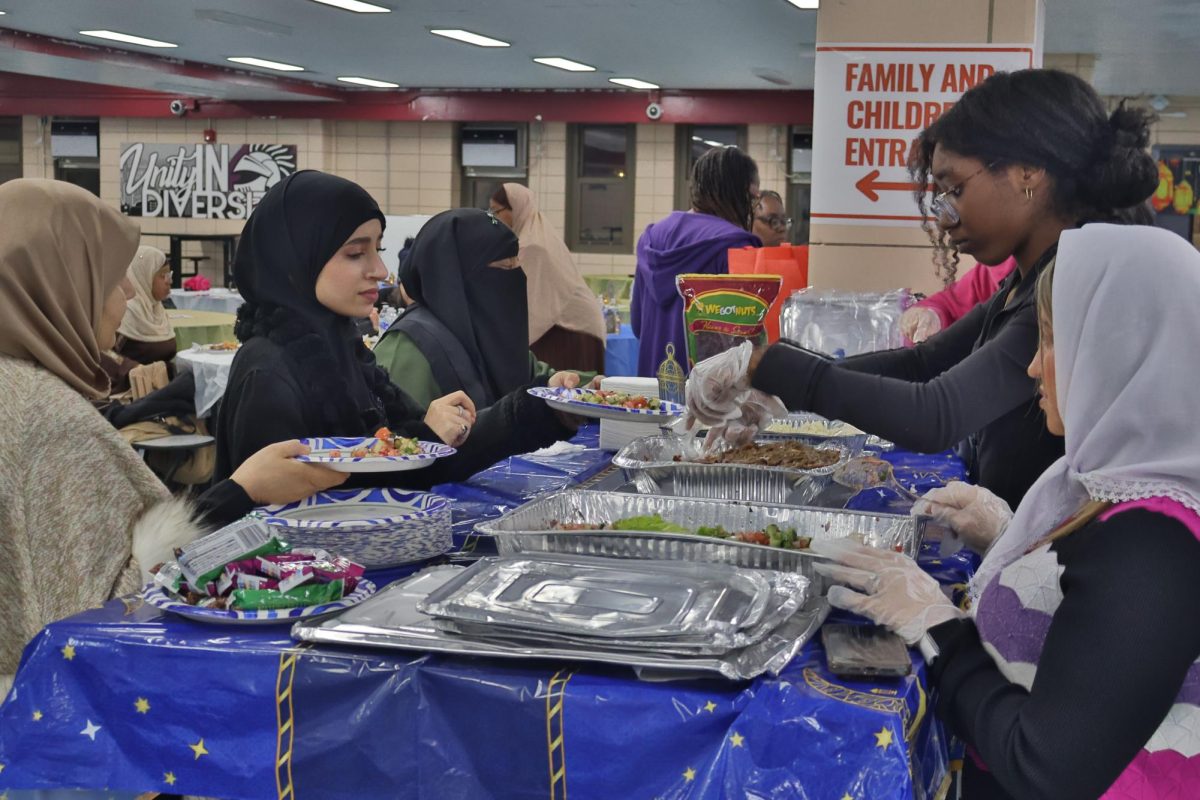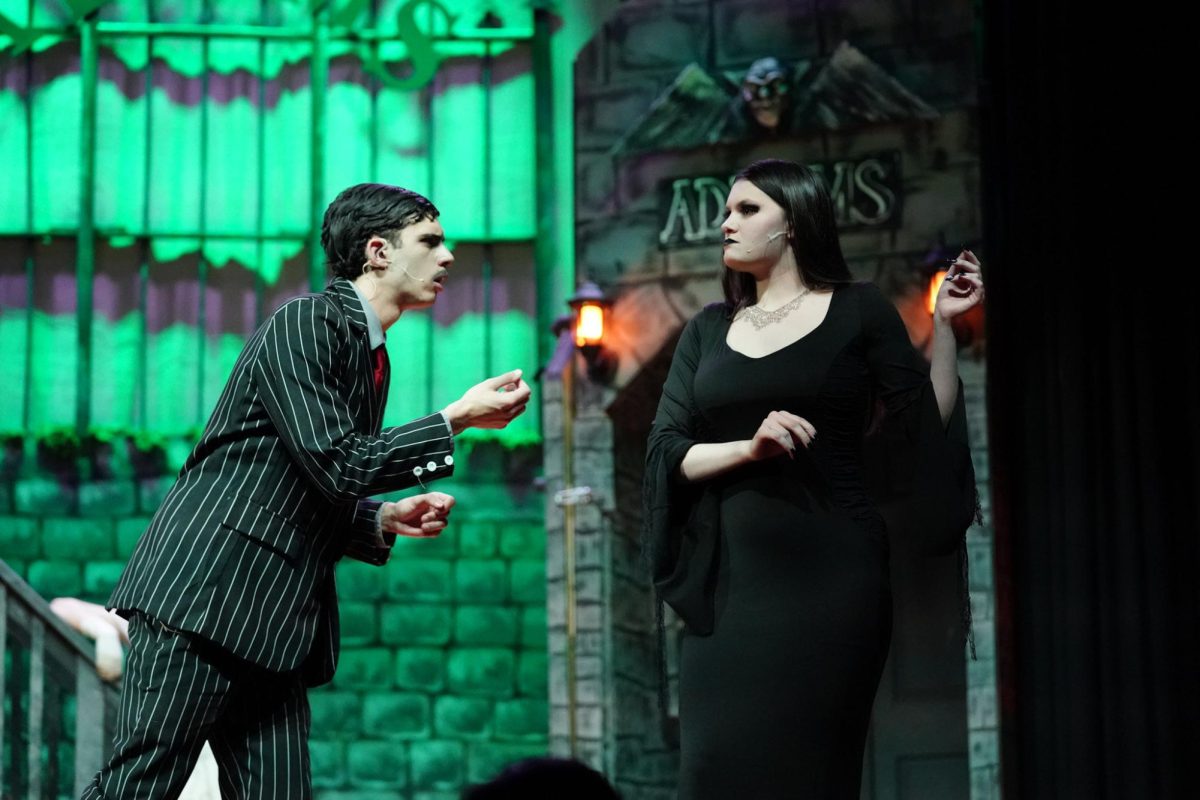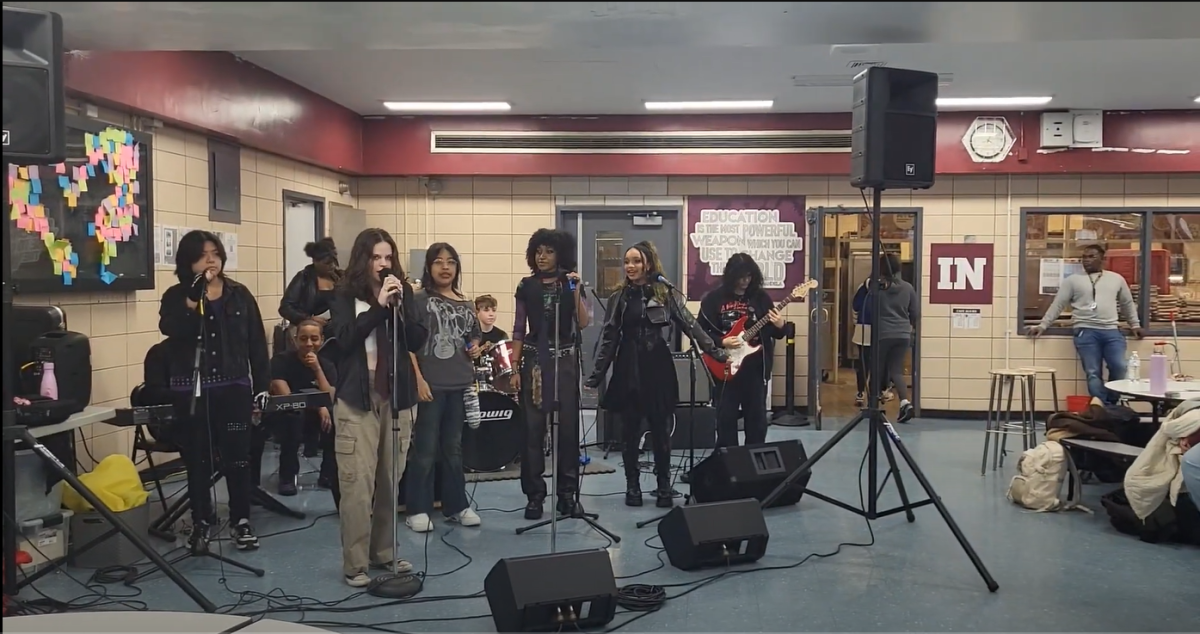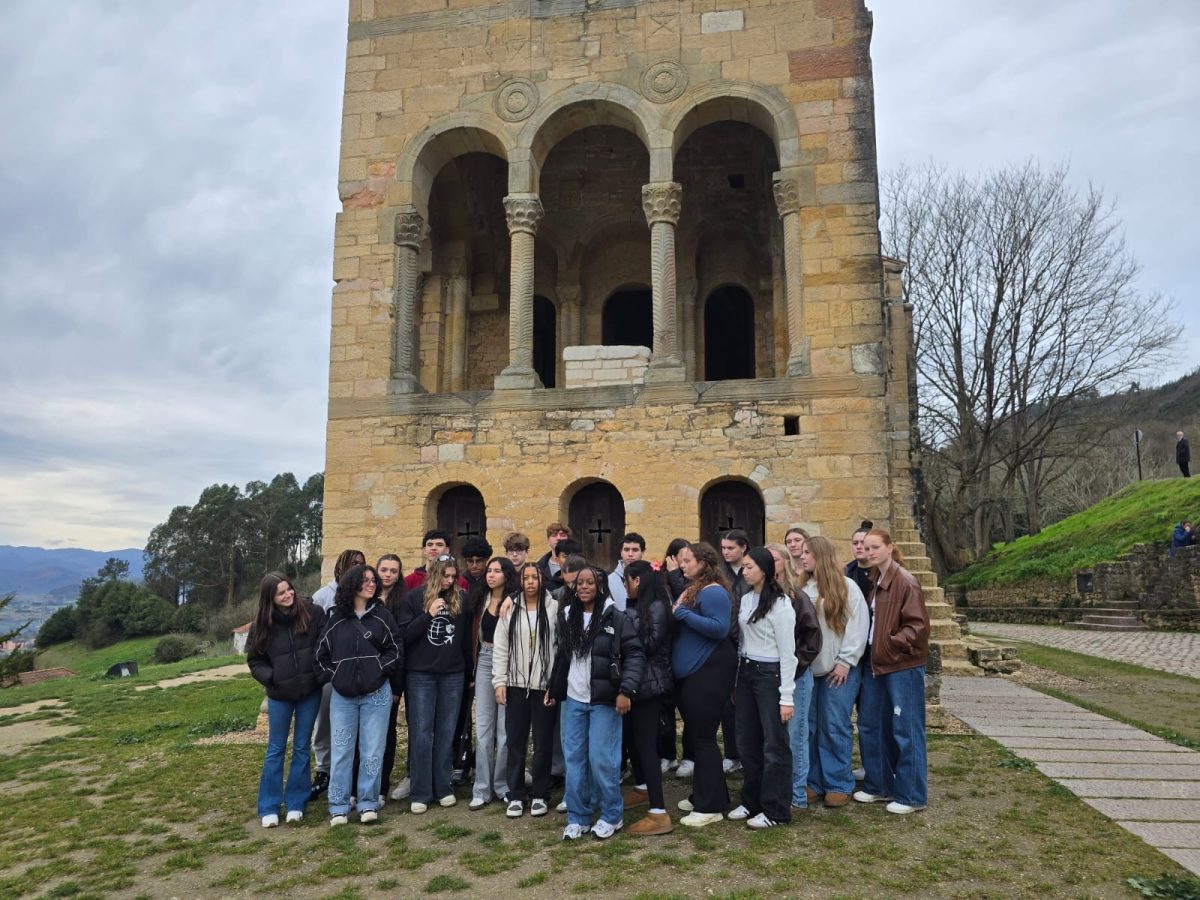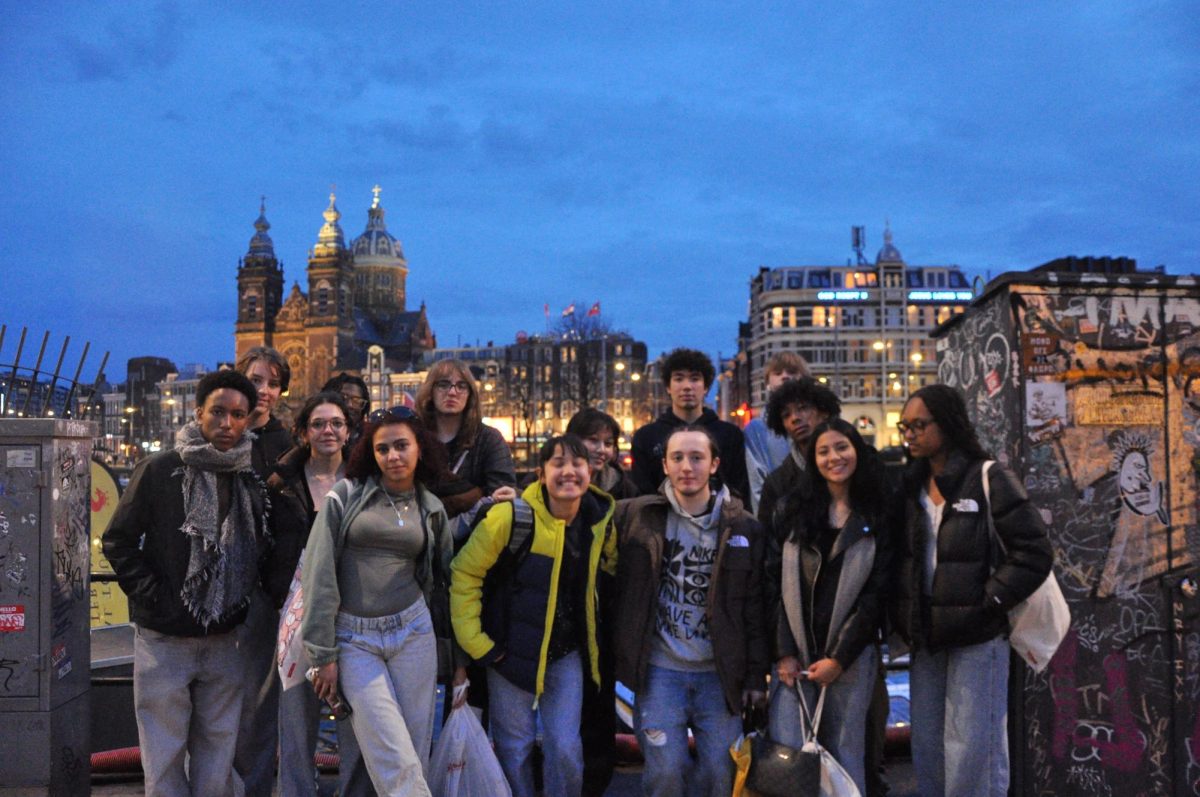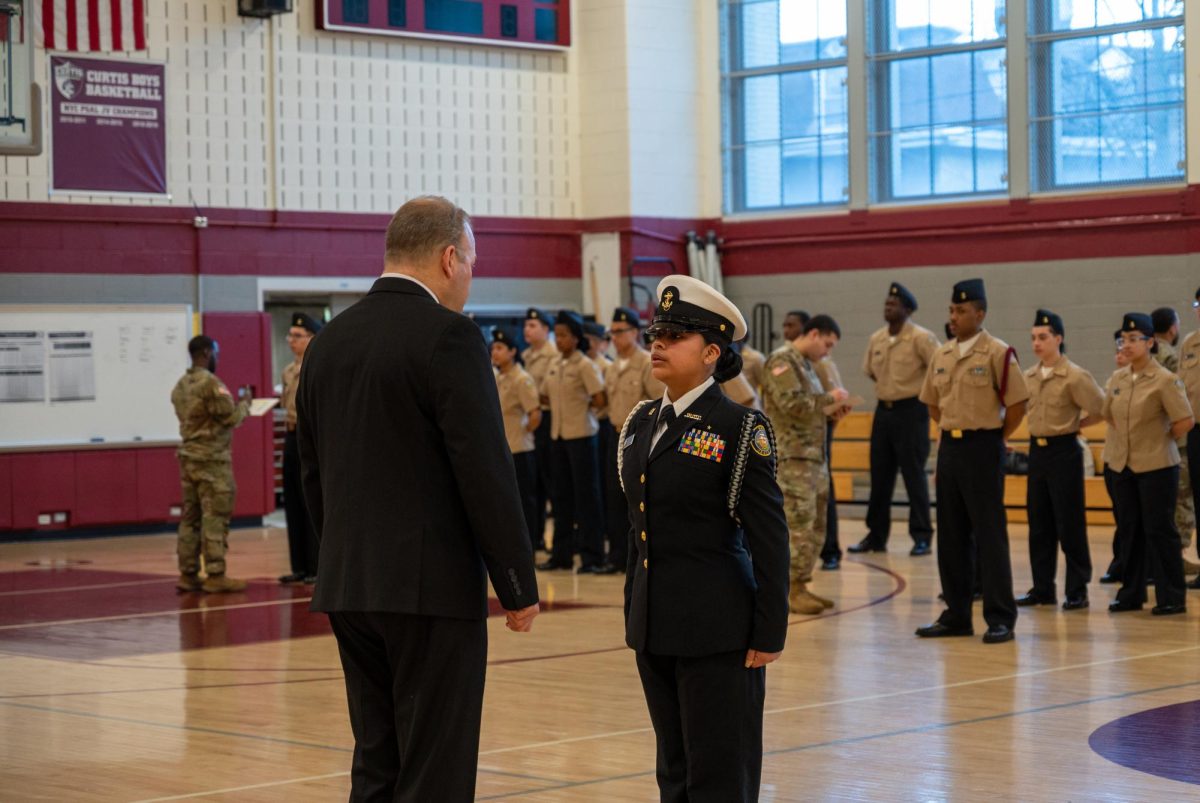On Friday, March 28th, Ms. Olivieri, Ms. Yanikdag, Ms. Patrissy, and the Earth Science class departed from Staten Island at 9:30 am for a tour of the Morgan Library, which was previously the residence of J.P. Morgan, American financier and business tycoon from the Gilded Era. As the group waited outside the library, they admired the architecture of the original house. “We were very interested in looking at the architecture of the old residence and the museum part which was built as an extension. The students found it fascinating that the brownstone was so detailed and that the new building was so modern when compared to the older building,” Ms. Olivieri explained.
Once inside, they toured his collection of valuables, which he amassed over the course of his life. As an avid collector, J.P. Morgan’s personal library contained priceless books, many of which are encrusted with precious gems like diamonds and emeralds. Among these valuables also lay medieval-period illuminated manuscripts, and the class got a behind-the-scenes look into how exactly documents such as these were produced. Over the course of four hours, the students explored what went into creating the paints and materials used, and discussed why some of these resources, like lapis lazuli, were only available in certain parts of the world. One weird fact that the students learned is that, unlike today’s synthetic glues, the medieval-era artists sourced their glue from sturgeon fish. The students’ trip to the library and museum concluded at 1:30 pm, and the class traveled back through the subway and then the ferry.
The students got to experiment with these materials just six days later, on April 3rd, when Morgan Library and Museum staff visited Curtis. The following workshop allowed the Earth Science class to create the various paints used in J.P. Morgan’s precious medieval manuscripts. They practiced grinding up real lapis lazuli, malachite, and cochineal insects, whose remains provided for the manuscripts’ stunning red hues. They then mixed their hard work with water, and experimented with the paints on paper. The Morgan library staff also brought real gold leaf, allowing students to put some lustrous finishing touches on their pieces. “These students had a great time looking at all the art and learning about how each color was created during the medieval period,” Ms. Olivieri concluded.


